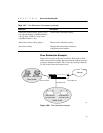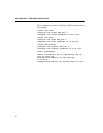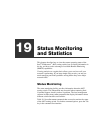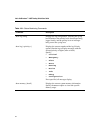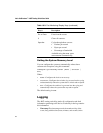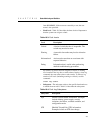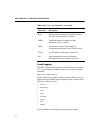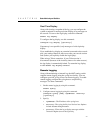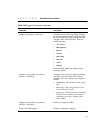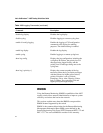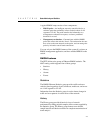
C H A P T E R 19 Status Monitoring and Statistics
409
form HH:MM:SS. If the event was caused by a user, the user
name is also provided.
• Fault level—Table 19.3 describes the three levels of importance
that the system can assign to a fault.
By default, log entries that are assigned a critical or warning
level remain in the log after a switch reboot. Issuing a clear log
command does not remove these static entries. To remove log
entries of all levels (including warning or critical), use this
command:
clear log static
• Subsystem—The subsystem refers to the specific functional area
to which the error refers. Table 19.4 describes the subsystems
Table 19.3: Fault Levels
Level Description
Critical A desired switch function is inoperable. The
switch may need to be reset.
Warning A noncritical error that may lead to a function
failure.
Informational Actions and events that are consistent with
expected behavior.
Debug Information that is useful when performing
detailed troubleshooting procedures.
Table 19.4: Fault Log Subsystems
Subsystem Description
Syst General system-related information. Examples
include memory, power supply, security
violations, fan failure, overheat condition, and
configuration mode.
STP Shielded Twisted Pair (STP) information.
Examples include an STP state change.



